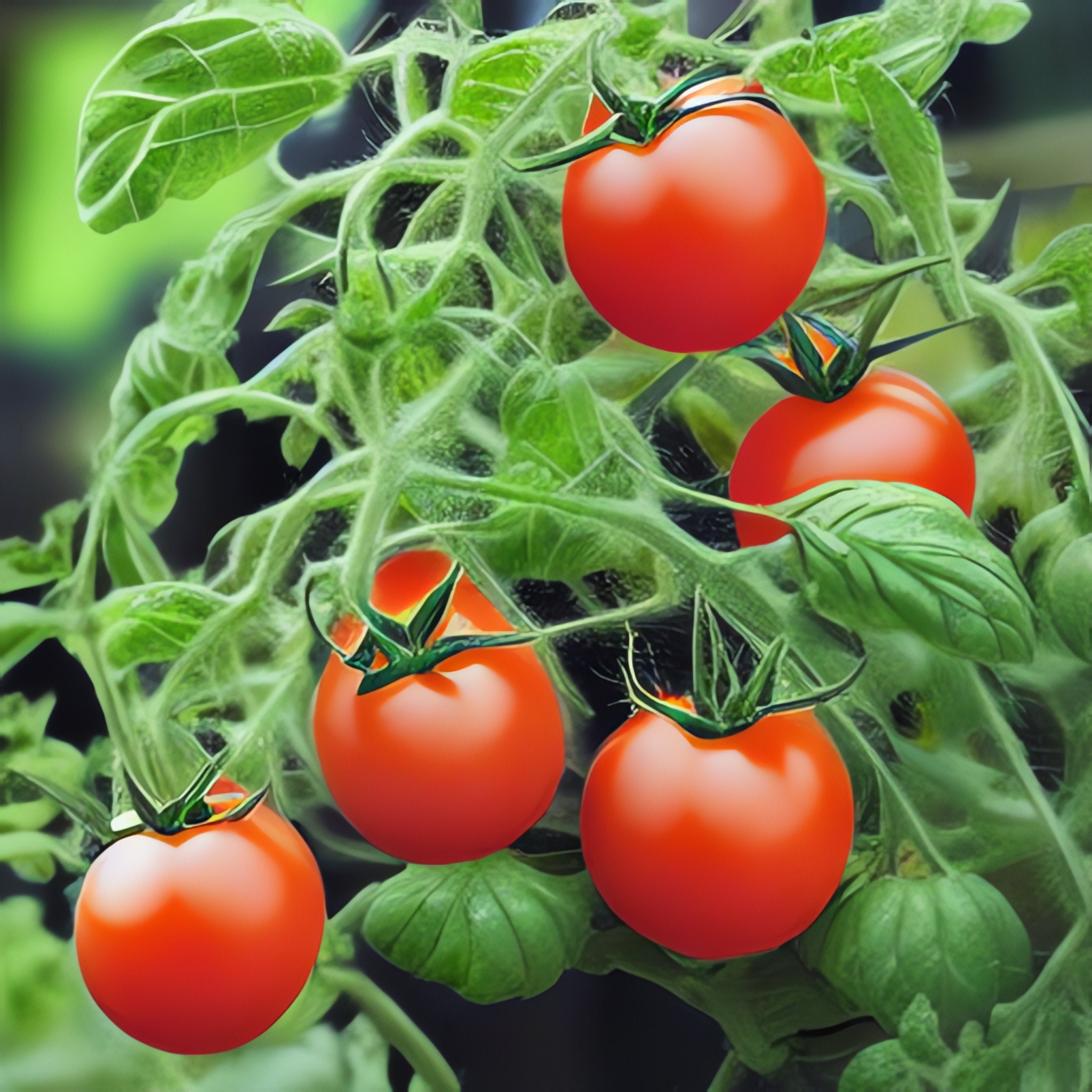Tomatoes happen to be one of our most popular sales, especially during summer seasons. Here's a guide on how to grow tomatoes from seeds:
1. Select your seed type. You may visit www.ezyseeds.com, a reliable webstore for seeds, and browse their extensive collection of tomato seeds. Choose from a variety of types, including cherry, beefsteak, or heirloom tomatoes, based on your preferences and growing conditions.
2. Start tomato seeds indoors! Approximately 6-8 weeks before the last expected frost in your area. Fill seed trays or small pots with a well-draining seed-starting mix available at www.ezyseeds.com.
3. Follow the instructions on the seed packet to determine the ideal planting depth and spacing for the tomato seeds. Sow the seeds in the prepared soil, and lightly cover them with a thin layer of soil. Gently press the soil down to ensure good seed-to-soil contact.
4. Keep the soil consistently moist but not waterlogged. Place the seed trays or pots in a warm location, maintaining a temperature between 70-80°F (21-27°C) for optimal germination. You can also use a heating mat to provide bottom warmth.
5. Keep the tomatoes in light! Once the tomato seedlings emerge and develop their first true leaves, move them to a location that receives bright, indirect sunlight or provide artificial grow lights. When the weather and soil have warmed up after the last frost, usually around springtime, transplant the seedlings outdoors.
6. By this time, tomatoes should be ready for outdoor transplanting. Choose a sunny spot in your garden with well-drained soil. Prepare the soil by removing weeds and incorporating organic matter like compost. Dig a hole large enough to accommodate the root ball of each seedling, and gently place them in the hole. Fill the hole with soil, and firm it around the base of the plant.
7. Remember to water your plants. After transplanting, water the tomato seedlings thoroughly to help them establish their roots. Continue to water regularly, aiming for about 1-2 inches of water per week, depending on weather conditions. Water at the base of the plant to prevent wetting the foliage.
8. As the tomato plants grow, provide support by using stakes, cages, or trellises. This helps prevent the plants from sprawling on the ground, improves air circulation, and makes harvesting easier. Secure the plants to the support system using garden ties or soft twine.
9. Remember to fertilize. Feed your tomato plants with a balanced, slow-release fertilizer or organic tomato fertilizer according to the package instructions. Apply the fertilizer around the base of the plants, and avoid direct contact with the stems.
10. To prune, remove any lower leaves that touch the soil to minimize the risk of disease. Additionally, consider pruning and removing suckers (the shoots that emerge from the leaf axils) to promote better airflow and fruit production. You can find pruning tools at www.ezyseeds.com.
11. Apply a layer of organic mulch. Examples. could be straw or wood chips around the base of the plants. Mulching helps conserve soil moisture, suppress weeds, and maintain a more consistent soil temperature.
12. Regularly inspect your tomato plants. Most common pests are aphids, hornworms, or fungal diseases like blight. Use organic pest control methods or products available at www.ezyseeds.com to protect your plants. Proper spacing, good air circulation, and diligent garden hygiene also help prevent disease.
13. Harvest tomatoes when they are fully ripe and have reached their desired size and color. Gently twist or cut the fruit from the vine. Tomatoes taste best when they are allowed to ripen fully on the plant. Make sure to wash and enjoy thoroughly!
Ezyseeds is your trusted source for high-quality tomato seeds and gardening supplies. By following these steps, you can enjoy a bountiful harvest of delicious homegrown tomatoes!
